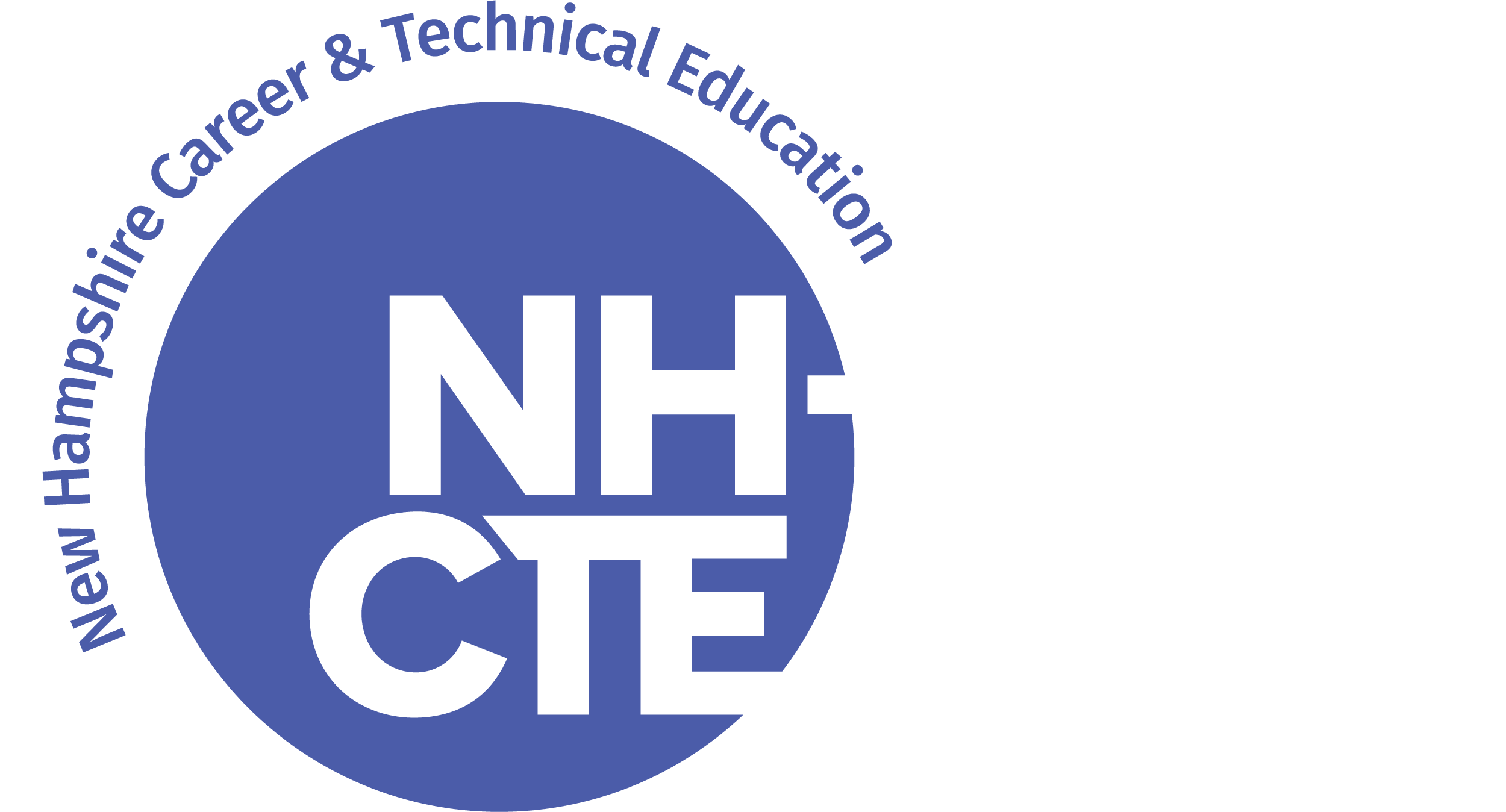Loosely defined as the thought processes involved in formulating problems and expressing solutions in ways that can be carried out by computers, computational thinking is not just relevant for computer science.
This hypothesis has been the basis for Creative Computing Challenge (CCC), a five-year program funded by the National Science Foundation. Its purpose is to help prepare educators in New Hampshire CTE centers and high schools to teach a project-based and personally relevant computing curriculum to 400+ students.
Now in its fifth year, the program has been led by Mihaela Sabin, associate professor of computer science at UNH Manchester, who cited a broader purpose than is realized by even educators themselves.
“We are preparing teachers—whether in business, engineering, graphic design, or photography—to integrate computational thinking practices in their teaching,” she said. “We want to shift the emphasis from teaching students how to use technology tools to how to create and invent with technology.”
In these past 4 years, Sabin said they have refined the curriculum to focus less on learning about specific tools and more on framing the learning experience around what interests students. It is a shift that reflects broader changes in best teaching practices.
“We are shifting from a teacher centered learning environment to one that is student centered,” she said. “You have to ask your students who they are.”
In asking this question, Sabin said teachers put students at the center of the learning environment and give them a voice.
“This is equity-based teaching, so you have to trust the students and allow them to bring their own expertise into the classroom,” she said. “Learners don’t construct their own knowledge in a vacuum. Instead, they get engaged in personally meaningful activities and interact and share with peers to combine their learning experiences with what they already know.”
For today’s students, that means social media and programming platforms like Facebook or App Inventor, which served as the backdrop for CCC curriculum in which app-making was brought into the classroom at eleven New Hampshire schools. At Career and Technical Centers and high schools in Belmont, Concord, Conway, Derry, Dover, Keene, Manchester, Peterborough, Rochester, Salem, and Wolfeboro, students in classes from photography and business to cosmetology learned how to write apps. In addition to games, these apps included community projects, how to run an online store, assess developmental milestones in preschool children, and more.
“Teachers were impressed at how inventive and persistent the students were,” said Sabin.
Other CCC components have included a summer camp for girls, several intensive professional development summer institutes and school year workshops for teachers, and a Cooperative Extension STEM Docents Program for volunteers and K-12 educators to further sustain CCC curricula and learning activities.
One of the primary long-term objectives is to build teacher capacity long after funding for the program has been exhausted. Sabin also cited laying a strong bridge between education and industry.
“This is competency-based education where it is not just about knowing concepts and disciplinary content, but rather what students do with what they know,” she said. “When we focus on competencies, we bridge the disconnect between education, career readiness, and industry to make sure what is happening in the classroom is more connected to professional expectations.”
This work is supported by grant #IIA-1348352 from the National Science Foundation.
This is the first part of a multi-part series on CCC and the relevance of computational thinking in the classroom and industry in NH.
